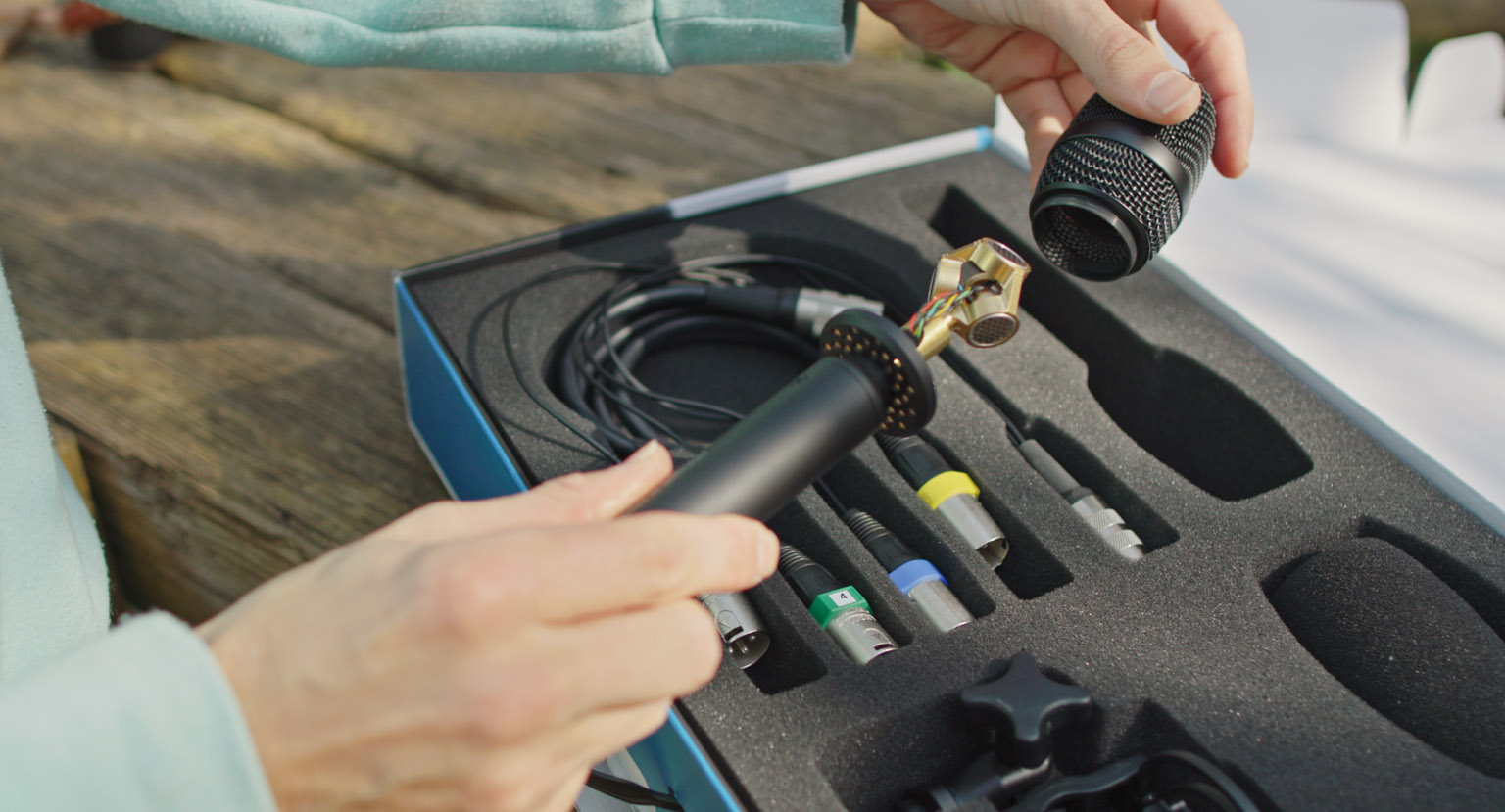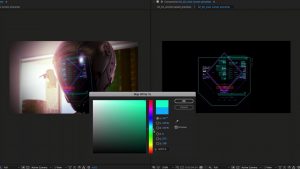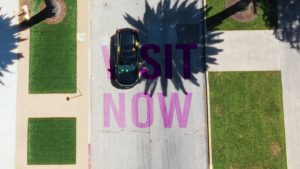In this video tutorial, we’ll go over ambisonic sound recording and how to get the best audio for your project.
Sound plays a vital role in our daily lives, connecting us to our surroundings and stirring emotions and memories. Sound transports us to other places, whether it’s listening to music, watching a film, or even hearing the distinct call of a bird that arrives only in spring.
Similarly, as technology has revolutionized how we experience movies and games over the past decade, it has also enabled us to explore sound in innovative and thrilling ways. One such breakthrough is Ambisonic sound, an immersive audio technology offering a more authentic and inviting listening experience than conventional directional sound recording.
While I mentioned “breakthrough,” it’s worth noting that ambisonic sound was actually developed back in the 1970s. However, the recent surge in the popularity of VR has brought renewed attention to the format among content creators. This resurgence is further fuelled by user-friendly brands like RODE, who now produce ambisonic microphones and plugins.
What Is Ambisonic Sound
Ambisonic sound is an audio technology that captures the full 360-degree sound field. Unlike directional microphones, designed to capture sound from a specific direction, ambisonic sound records sound from all directions, allowing for a more naturalistic three-dimensional listening experience.
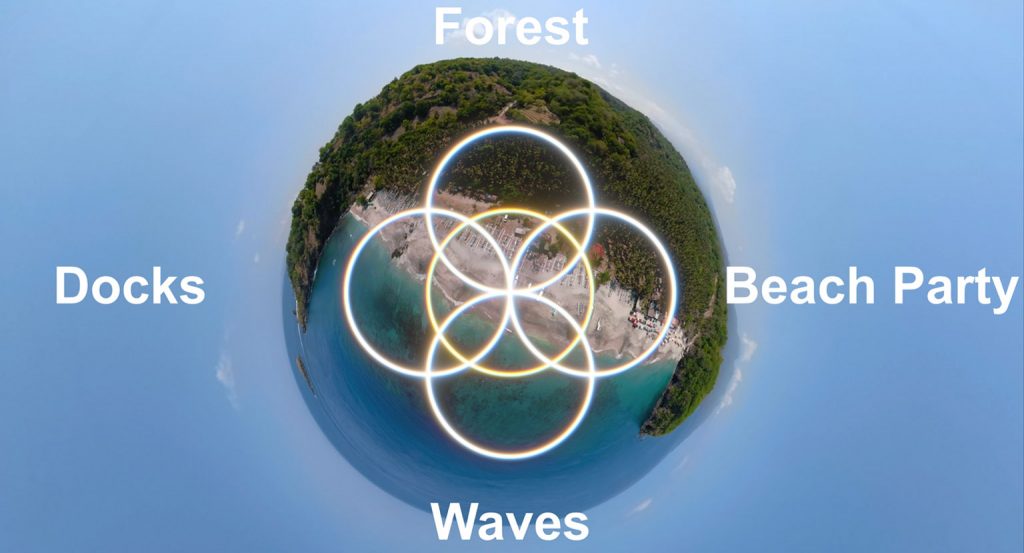
Now, you can’t just do this with your regular Rode Video Mic; this type of recording is achieved by using an ambisonic microphone to capture the sound, which records four or more channels of audio data that can be decoded into a sound field.
While directional microphones are helpful when you want to isolate sound from a particular source or reduce background noise, ambisonic sound provides a more accurate representation of the sonic environment, creating a more engaging and captivating experience for the listener.
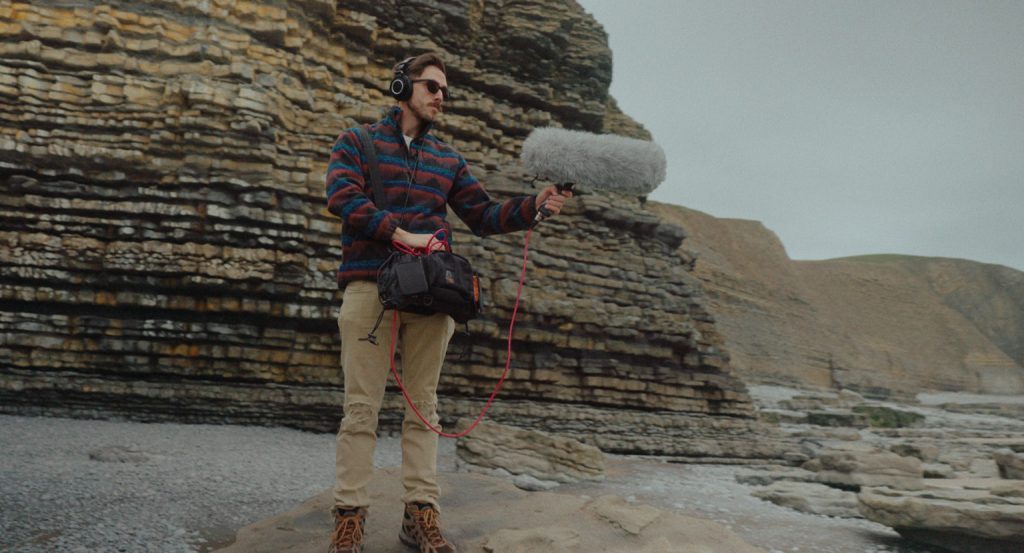
Very cool, right? But we’re filmmakers, remember — do we need this? While it’s easy to fall victim to G.A.S. — no, not the type you get from beans, but gear acquisition syndrome — some things just aren’t worth investing in unless you want to especially become a master of something. So today, we will look at whether an ambisonic microphone could replace your shotgun microphone for filmmaking.
After all, think about it. With four separate audio channels, you could record two people at the same time without the need to have your boom operator switch back and forth. Right? Well, there’s a little more to it than that.
The Difference Between Shotgun and Ambisonic Mics
A shotgun microphone and an ambisonic microphone are different microphones that serve different purposes. A shotgun microphone is a highly directional microphone primarily used in video production and filmmaking.
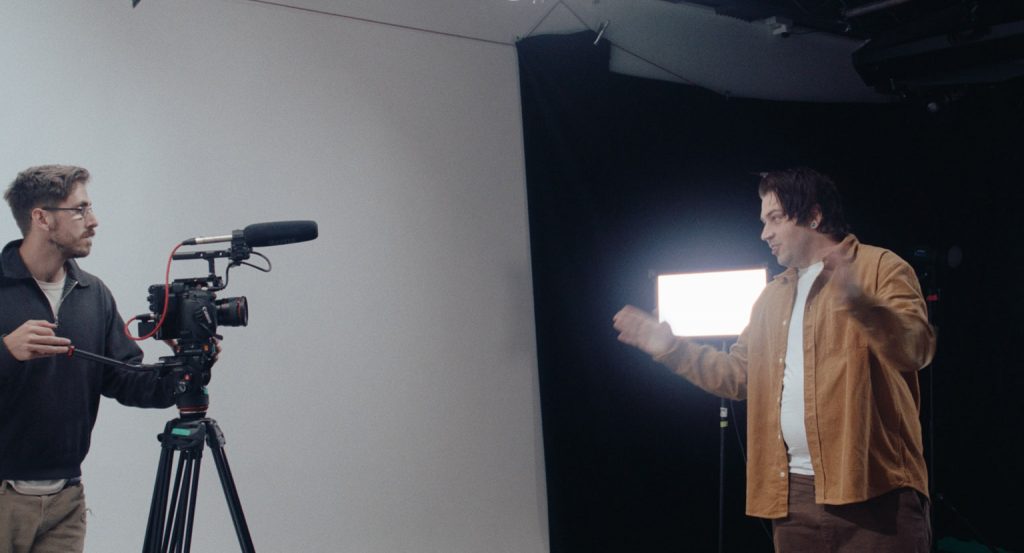
Indeed, it’s not always possible to secure completely noise-free environments for recording. Even experienced film crews frequently encounter unwanted background noise and bystanders during shoots. Shotgun microphones use a narrow pickup pattern designed to capture sound from a specific direction while minimizing noise from other directions — an invaluable tool in such filmmaking scenarios.
Depending on the model and its efficiency, the shotgun microphone can often pick up clear dialogue in a not-so-ideal situation. It is typically long and cylindrical in shape, hence the name “shotgun”.
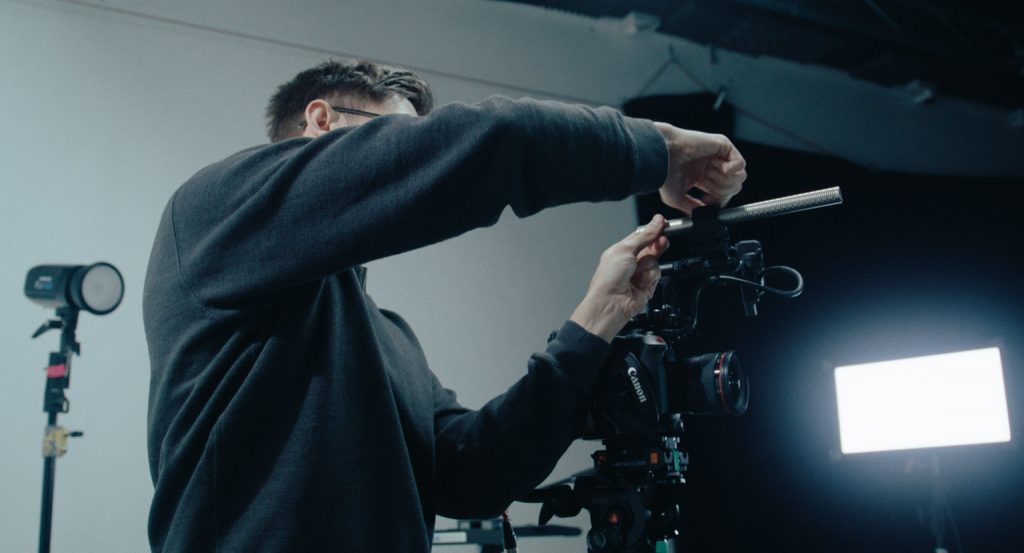
I’ve already covered what an ambisonic mic does, but let’s talk about the unique design because ambisonic microphones are anything but cylindrical. The core of an ambisonic microphone’s structure consists of multiple microphone capsules arranged in a specific configuration. Most ambisonic microphones have four capsules positioned on a tetrahedral or spherical arrangement to capture sound in three dimensions (X, Y, and Z axes). The polar pattern of these capsules are typically omnidirectional or subcardioid, meaning they capture sound from all around.
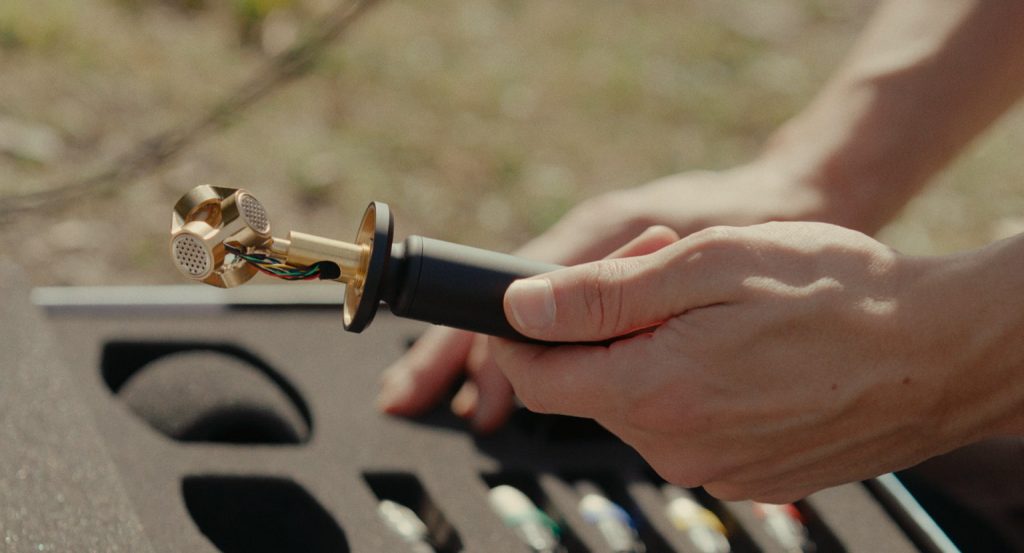
How to Record Ambisonic
Although operating a shotgun microphone requires some skill, they are generally more user-friendly than ambisonic microphones. Take, for example, the RODE VideoMic, a popular consumer shotgun microphone. To use it, attach it to the top of your camera and connect it to the audio port—job done.
Additionally, many shotgun microphones can be conveniently used with a boom arm, which enables greater flexibility and precision in capturing audio from various angles and distances.
With ambisonic, it’s a bit different. Of course, you’ll need an ambisonic microphone. Various options are available from companies like ZOOM, Sennheiser, and Rode, each with differing features, materials, and price points. For example, the ZOOM H3-VR is a self-contained microphone with onboard recording capabilities that can record in first-order ambisonics.
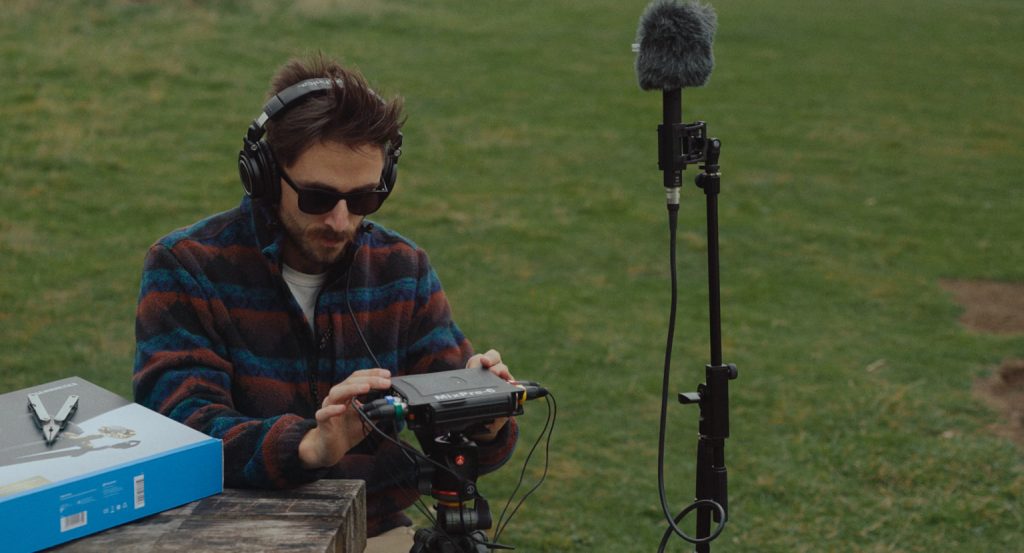
When working with a sophisticated system like the Sennheiser Ambeo VR, a specific field recorder is necessary to manage each channel digitally and seamlessly connect them for straightforward control. To clarify, the Ambeo VR microphone features four capsules, producing four channels of audio that create the spatial sound field. Consequently, these four channels require four separate audio signal inputs. Thus, a field mixer with four XLR inputs is essential for this setup.
Immediately, this setup introduces more cables to your workflow than a conventional microphone. Moreover, due to the increased number of inputs, carrying the mixer in a mixing bag is often inconvenient. Consequently, you may need to bring an extra stand or, at the very least, a microphone stand attachment to securely and visibly mount the mixing device.
Then we need to mount the ambisonic microphone while keeping in mind the orientation of the microphone capsules, as this will be crucial for proper ambisonic recording.
However, the headache doesn’t stop there. Oh, no.
After completing your recordings, you will find they are saved as A-Format audio files, which require conversion to B-Format files. To achieve this, import the audio into a digital audio workstation (DAW) and use a plugin to transform the A-Format into B-Format. Upon completing the conversion, you can play back your recordings binaurally, enabling you to appreciate the fully mesmeric nature of ambisonic audio. Numerous plugins are available for this task.
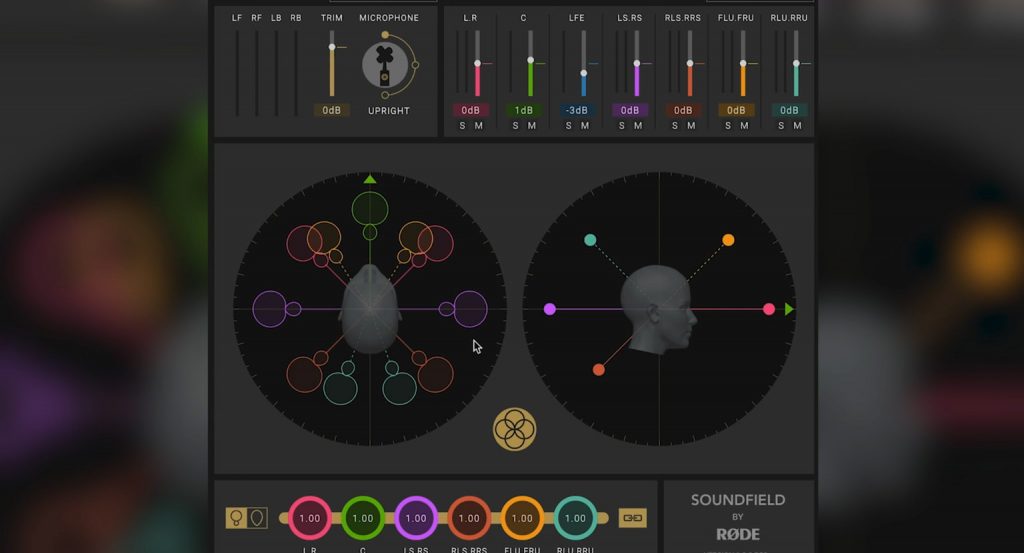
From this, it becomes evident that ambisonic sound recording is not merely an alternative audio workflow to integrate for solo filmmakers. Instead, it constitutes a distinct and complex domain, typically requiring a dedicated sound recordist to tackle effectively.
However, if you are also a budding sound recorder, there are plenty of areas where using the ambisonic microphone is advantageous.
When an Ambisonic Microphone Excels for Filmmaking
Virtual reality experiences: ambisonic microphones can capture the complete 360-degree sound field, making them ideal for creating virtual reality experiences. As listeners move their heads, the audio adjusts to match the new perspective, resulting in a more authentic and engaging experience.

360-degree video production: besides virtual reality, ambisonic microphones are also helpful for capturing audio in 360-degree video productions. By recording the entire sound field, viewers can hear sounds from all directions, enhancing the intricate and engaging qualities of the experience.
Field recording: ambisonic microphones excel for field recording purposes, especially in natural environments. By recording the entire sound field, they provide a more accurate representation of the sound environment. This is beneficial for scientific research, artistic endeavors, or even designing mesmerizing soundscapes for relaxation and meditation.
While ambisonic microphones offer distinct advantages in various applications, it’s crucial to consider your specific needs and requirements before choosing this type of microphone. Ambisonic microphones may not be the best choice for every situation, mainly when isolation of specific sound sources is essential or when working within a limited budget. However, for those looking to create more realistic audio experiences, the unique capabilities of ambisonic microphones are unmatched, providing a versatile and powerful tool for capturing sound in various settings. Let’s have a look at the pros and cons of each microphone to further differentiate between the two.
Pros and Cons of Ambisonic Sound
Pros
- Future-proof: its raw format can be made into various formats, and with how popular VR has become, it will start gaining traction in other markets.
- Representation: full 360-degree audio. Once you listen to it for the first time, you’ll realize how detailed and lifelike it is. It’s super high-fidelity audio, giving us the feeling we are on location.
- Flexible: being able to take one recording and spread it across numerous channels.
Cons
- Expensive: it isn’t cheap — not only do you need a microphone, you’ll also need a pretty powerful portable recorder to capture it all.
- Image Shift: if the microphone is moved, bumped or turned during recording, it will produce image shifting, which is a vast and challenging problem to fix. With stereo recordings, it’s a more straightforward fix, unlike ambisonic.
- Specific listening locations: ambisonic audio only excels in specific listening locations. This requires having a “sweet spot” where the listener’s location is placed in correspondence to the intended listening location. If moved away from this, the accuracy of spatial sound will decrease, resulting in inconsistencies and distortion. This is why it only works in applications such as virtual reality as position and orientation can be optimized.
- Huge File Size: due to the four audio channels and the high fidelity of the recordings, this results in much higher file sizes. With that, the metadata that describes the positions of the microphones also contributes to larger file sizes, thus necessitating even more storage than usual.
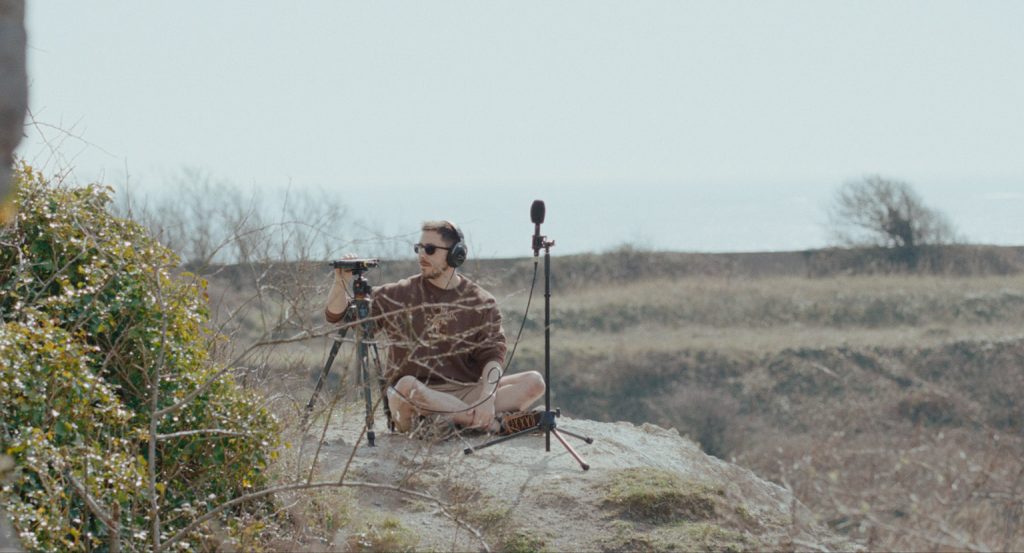
Pros and Cons of a Shotgun Microphone
Pros
- Directionality: the microphone has a directional pickup pattern, which means it can pick up sound in a specific direction, making it helpful for isolating sounds and reducing background noise.
- Portability: shotgun microphones are often lightweight and compact, making them easy to carry around and use in different locations.
- Versatility: they can be used for various applications, such as film production, interviews, and wildlife recordings.
- Affordability: they are typically more affordable than other high-end microphones, like condenser microphones.
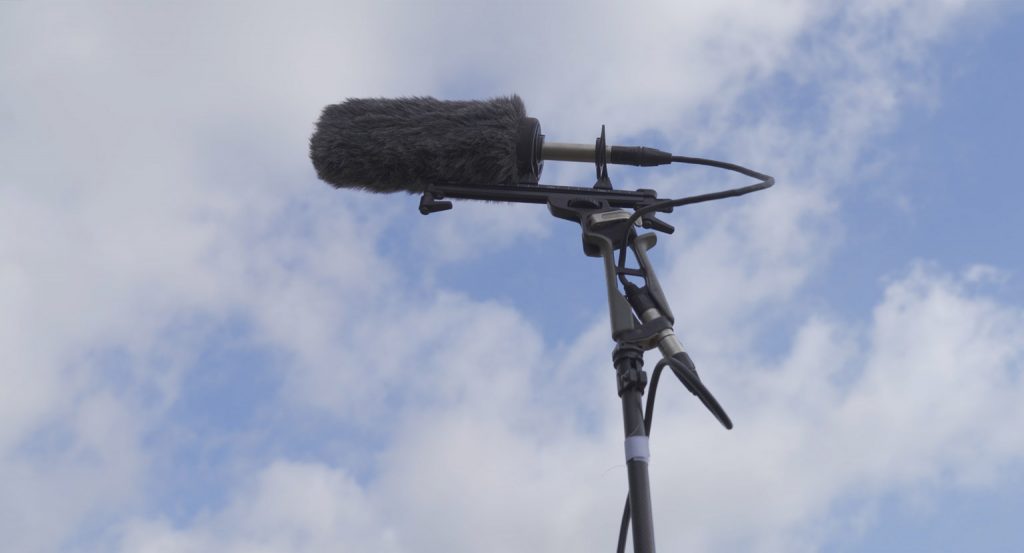
Cons
- LimitedPickup Range: while shotgun microphones have a directional pickup pattern, they have a limited range compared to other microphones.
- Susceptible to Wind Noise – due to their design, shotgun microphones can be vulnerable to wind noise, which can be difficult to eliminate during post-production.
- Expensive: yes, I listed affordability as a pro, but the moment you want to acquire a microphone that eliminates the issues above, the price quickly goes up.
Conclusion
Ultimately, the decision to use an ambisonic or shotgun microphone should be guided by your project’s specific needs and goals. While ambisonic microphones offer an unmatched true-to-life experience, they demand a more complex workflow and specialized expertise. Conversely, shotgun microphones provide a more accessible and practical solution for filmmakers and content creators who must capture high-quality, directional audio.
In short, ambisonic microphones cannot replace shotgun microphones for all filmmaking purposes, but they open up new possibilities for creating immersive and engaging experiences. By understanding the strengths and limitations of each type of microphone, you can make informed decisions and choose the right tool for your project.
Looking for filmmaking tips and tricks? Check out our YouTube channel for tutorials like this . . .
